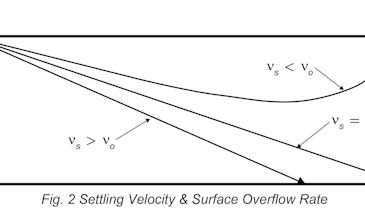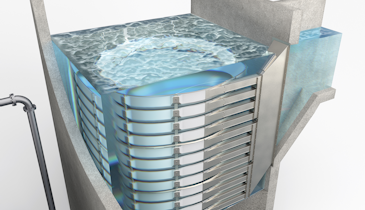
Aerated grit basins are outdated grit removal technology that has several significant drawbacks. These systems are typically only designed to capture grit particles that are 212 micron and larger. This allows fine grit particles to pass through the system and wreak havoc on downstream processes. Aerated grit basins also use a tremendous amount of energy to power the blowers that run the aeration. Aerated grit basins also require a very large footprint, which is often in short supply for wastewater treatment plants. With such a large footprint, odor issues are yet another problem. Mitigating odors with covers and ventilation can dramatically increase the overall costs of these types of systems.
The HeadCell system eliminates all these issues and provides significantly better performance. The unique stacked tray design provides a massive amount of surface area in a very small footprint which allows it to capture 95% of all grit 75 micron and larger. The system operates entirely on hydraulic flows and has no internal moving parts, which reduces a plant’s energy consumption.
Download this brochure to learn more about the differences between these two grit removal technologies.
Download BrochureVisit the Hydro International Storefront





